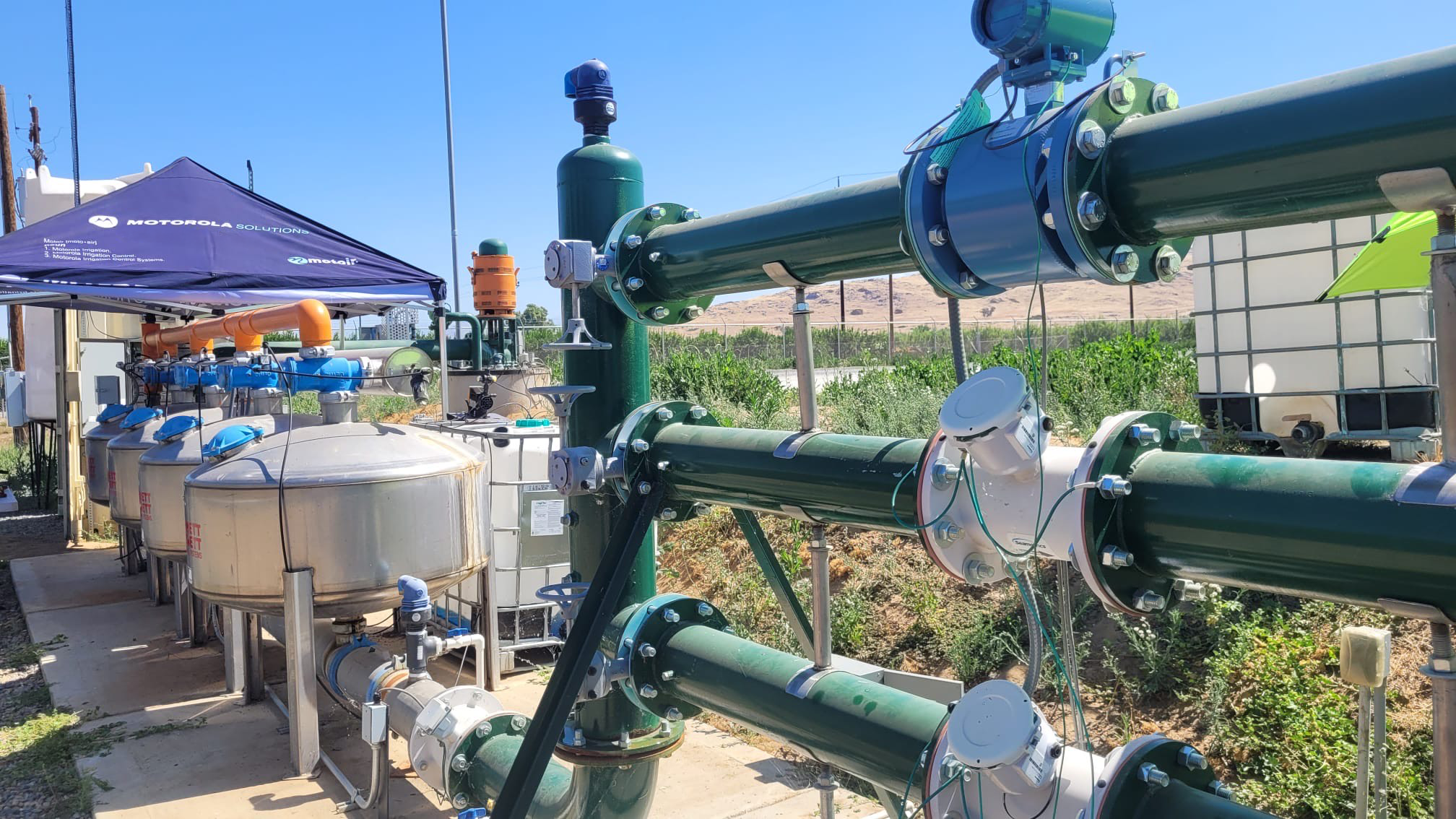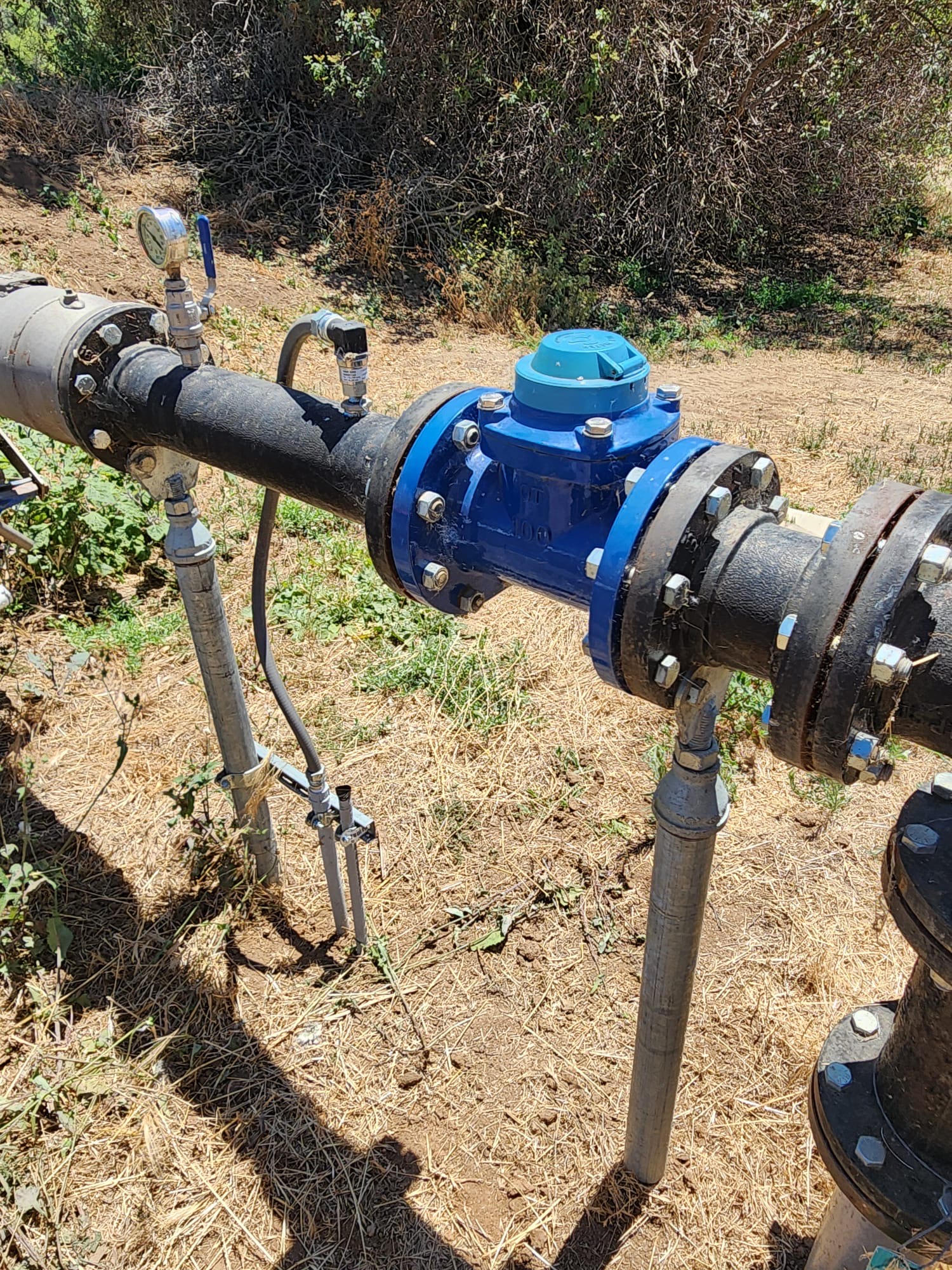
The role of a flow meter cannot be understated for any irrigation system and especially irrigation systems that are automated, such as those using Motorola Irrigation systems. The agricultural flow meter answers the critical question: "How much water was applied?" This device is the non-negotiable "cash register" of the water irrigation system, providing the hard data essential for accountability, operational integrity, and financial analysis. Without a flow meter, an otherwise sophisticated system is operating on faith—assuming that the commands sent by the controller result in the intended volume of water being delivered. The flow meter provides the verification, closing the loop between the digital command and the physical reality of water delivery. It is the ultimate tool for ensuring system integrity and creating an unassailable record of resource consumption. Further, one cannot tell their Motorola system to irrigate by volume without a flow meter attached to their mainline.
The data from an irrigation flow meter serves three primary, invaluable functions within a comprehensive agricultural water management program.
Several types of flow meter technology are used in agriculture, each with distinct advantages and ideal use cases.

The true power of flow data is realized when it is integrated into the farm's overarching management strategy. Logged and analyzed by water management software, such as FutureOps, this data allows for the precise calculation of metrics like Water Use Efficiency (WUE). It enables managers to conduct A/B testing of different irrigation strategies and definitively measure the results. Furthermore, it provides the hard numbers needed to allocate limited water supplies to the most productive or water-efficient fields and to calculate the precise financial return on investment (ROI) for the entire automated irrigation system.
We've made an an overview table below of some of the different types of Flow Meters avaliable today. Have an old flow meter? There is a good chance that these older flow meters can be integrated into the latest irrigation control and management systems with minimal modifications.